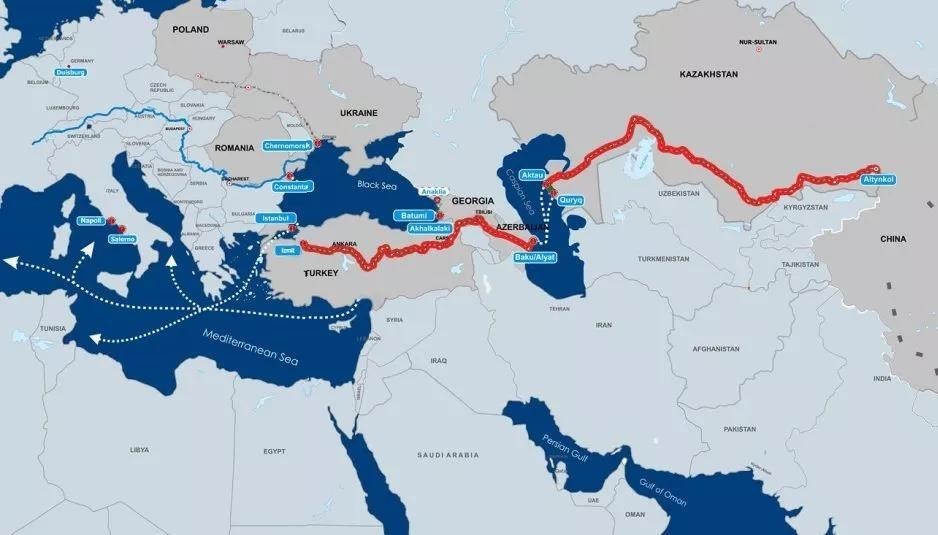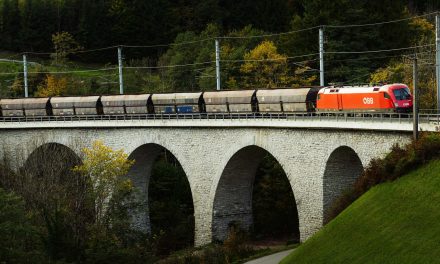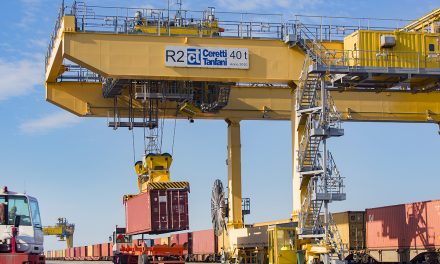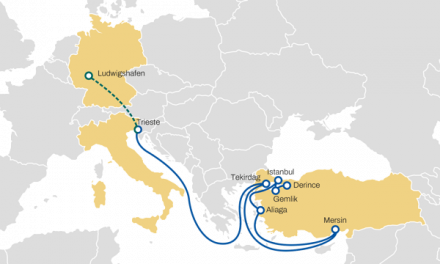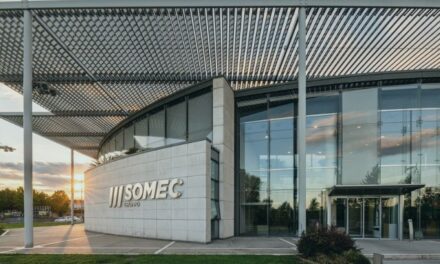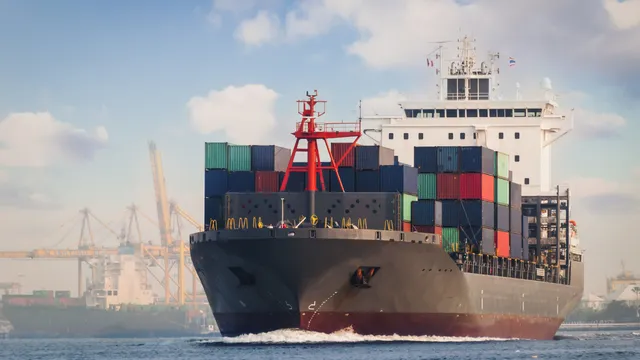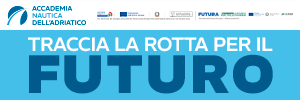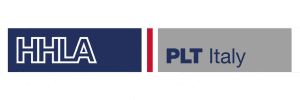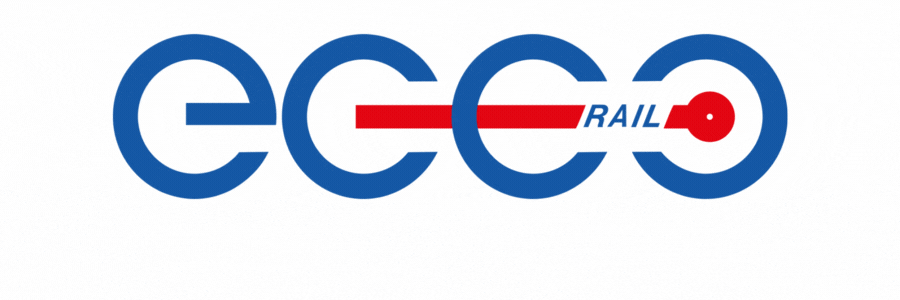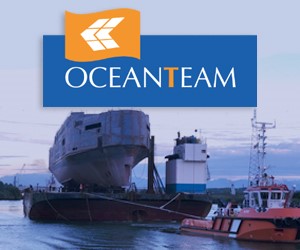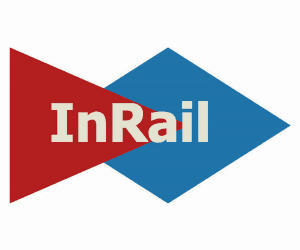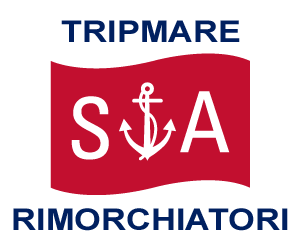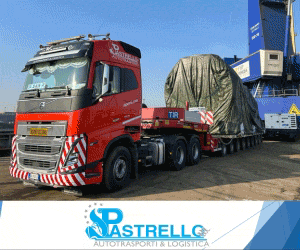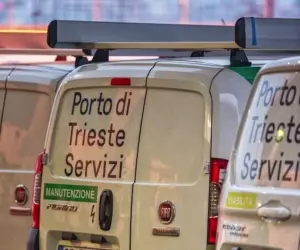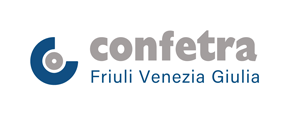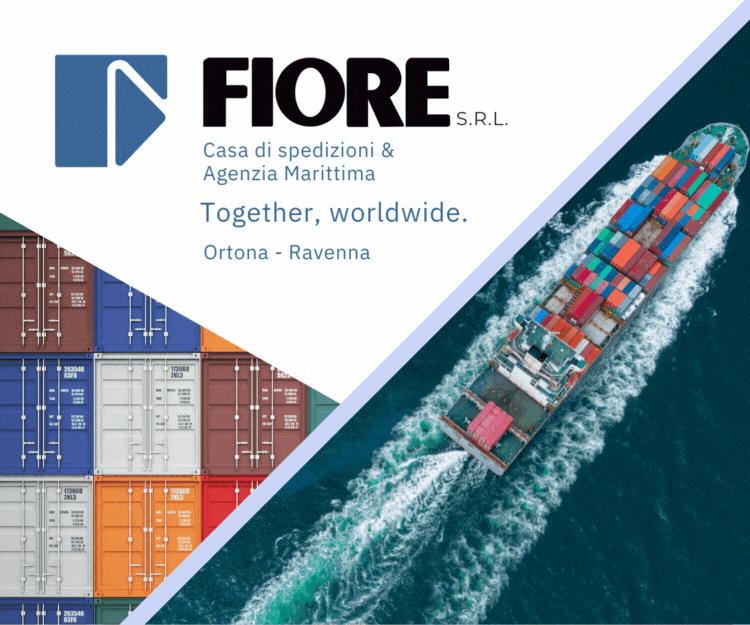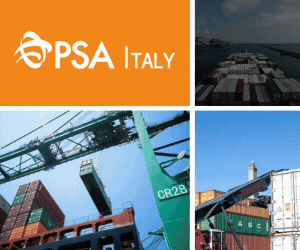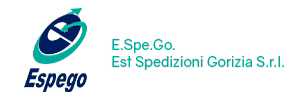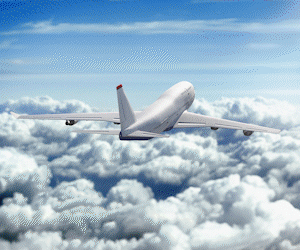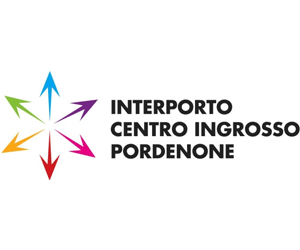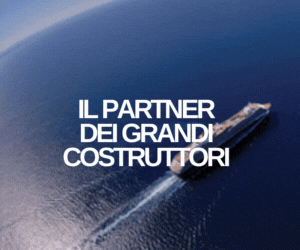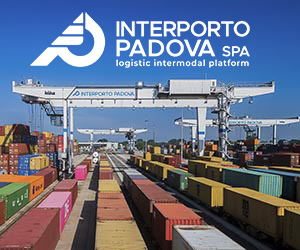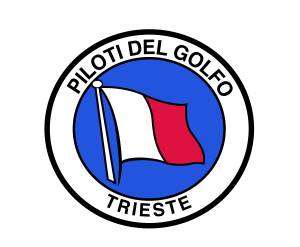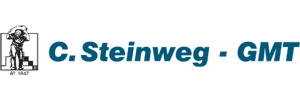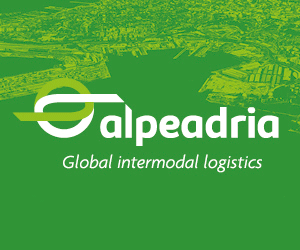TRIESTE – The idea is gaining traction that the Trieste logistics hub, with its Free Port status, could become a key gateway for the Middle Corridor, a new intermodal route connecting Europe and China.
This morning, Yerbolat Sembayev, Ambassador Extraordinary and Plenipotentiary of Kazakhstan to Italy, was welcomed in Trieste by Vittorio Torbianelli, Commissioner of the Port Network Authority of the Eastern Adriatic Sea.
“We are honored to welcome H.E. Sembayev to the port of Trieste,” said Torbianelli. “The visit demonstrates the international interest in the ports of the eastern Adriatic, which are already a reference point for Eurasian trade. Dialogue with Kazakhstan opens up promising prospects for new synergies along routes connected to these areas.”
The issue is also being addressed by Member of the European Parliament Anna Maria Cisint (former mayor of Monfalcone and a member of the Port Authority’s Management Committee as an observer). Cisint, a member of the Transport Committee, has recently submitted a parliamentary question to the European Commission regarding the €10 billion allocated under the Global Gateway project—an EU strategy launched in 2021 to finance infrastructure in partner countries (outside the EU), mainly in Africa, Asia, and Latin America.
A session of the European Parliament’s Transport Committee is scheduled for next week, and a hearing with the EU Commissioner for Transport is likely to be requested specifically in relation to the Middle Corridor, a route that crosses the Caspian Sea and the Caucasus and could find its European entry point in the port system of Trieste and Monfalcone.
“We need to take action to make this opportunity more concrete,” Cisint commented following the ambassador’s visit to the port of Trieste.
This route represents a tangible opportunity for Europe to enhance its connectivity with the East, diversify trade routes, and reduce dependence on traditional corridors that are exposed to geopolitical risks.
“In this scenario, the ports of Trieste and Monfalcone are positioned as strategic hubs, and during today’s meeting, I emphasized the potential of creating a joint logistics zone between the European Union and Kazakhstan. This would position our country—and specifically the port system of Trieste and Monfalcone—as the EU’s entry point,” said Cisint.
“Such an initiative would not only simplify and harmonize customs procedures but also create an integrated logistics hub capable of generating added value for both economies, promoting employment, development, and competitiveness across the region.”
The Middle Corridor is not merely an alternative route—it does not aim to compete with other emerging southern routes such as the IMEC (India–Middle East–Europe Corridor)—but rather a driver of economic growth for Europe and, by extension, for our ports.
Seizing this opportunity would strengthen the role of the Upper Adriatic as a hub for major global trade flows, benefiting Trieste, Monfalcone, and the wider economy of northeastern Italy.



